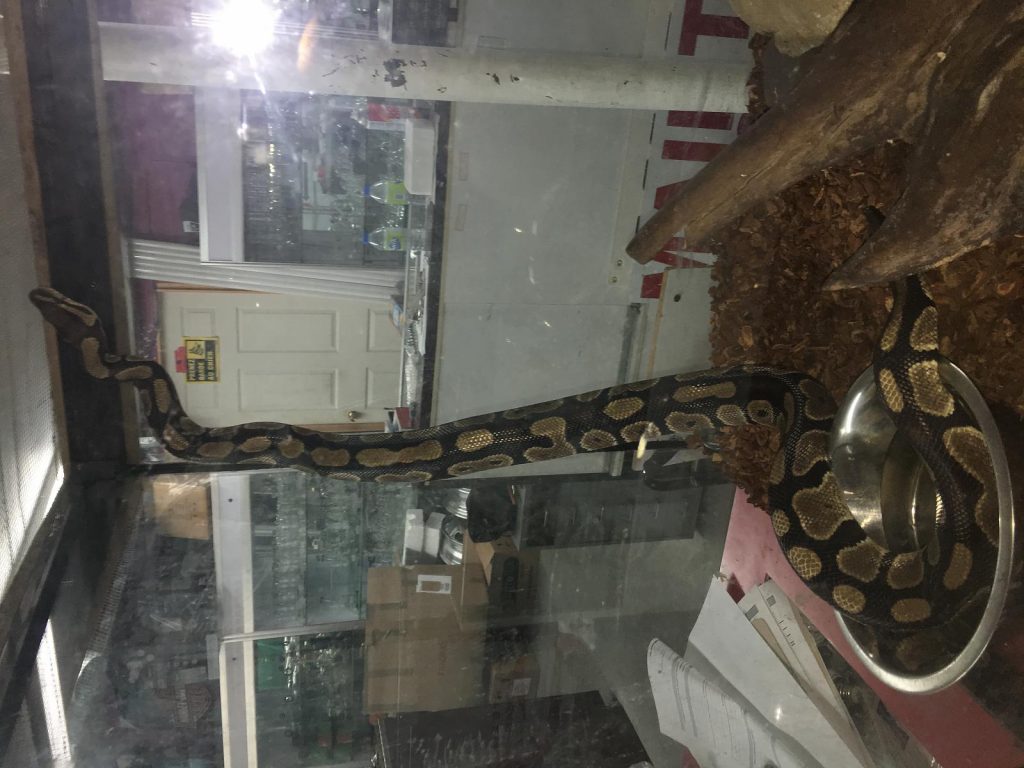Are you worried about why your snake is trying to escape? It’s important to understand why your snake is exhibiting this behaviour. In this article, we’ll look at the possible reasons behind why your snake might be attempting to escape and discuss ways to address the problem. We’ll also provide tips on how to create a safe and secure environment for your snake so it doesn’t feel the need to escape.
Types of Snakes
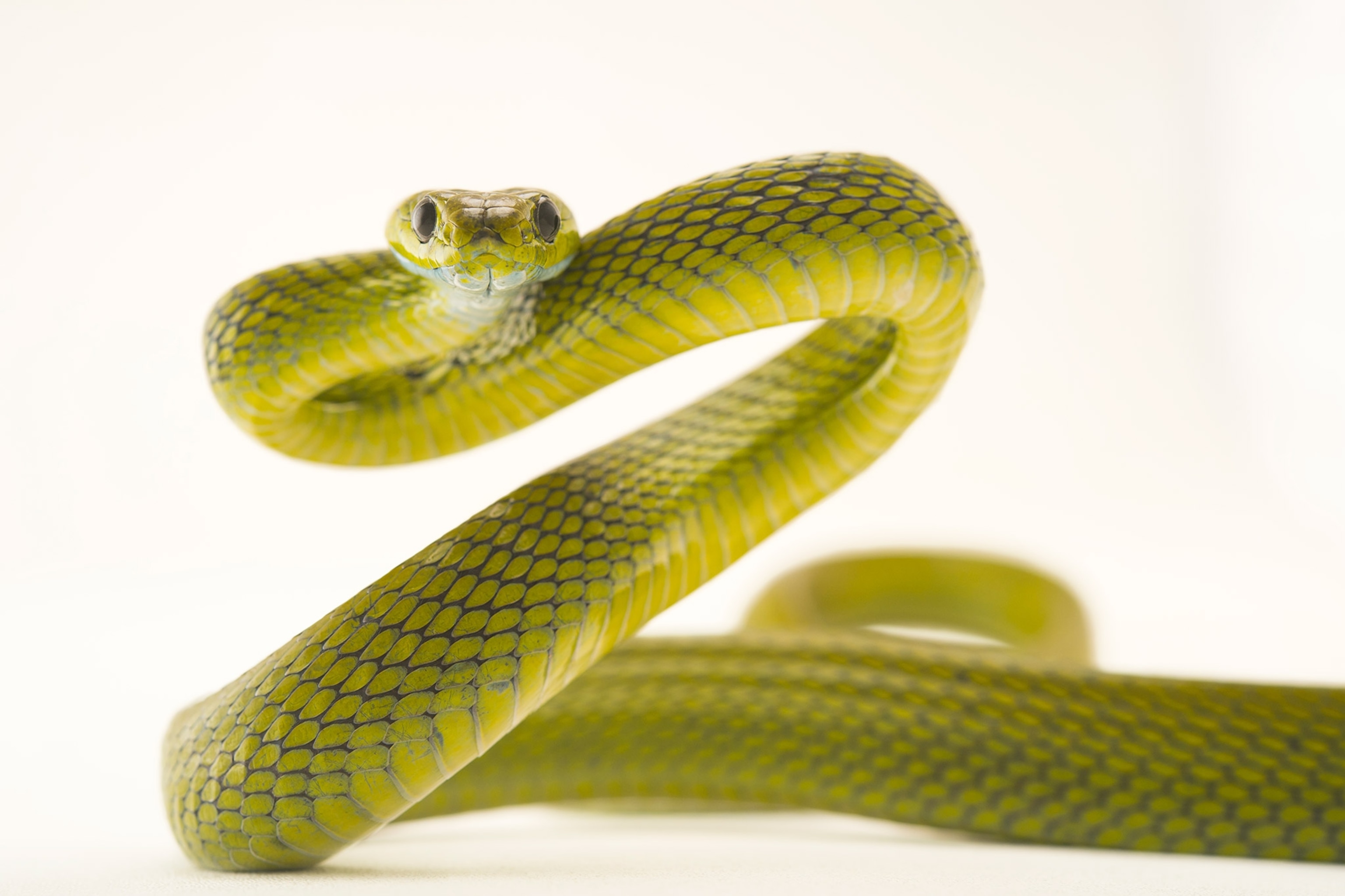
Snakes can vary greatly in size, colour, pattern, and behaviour. They can be found in almost every corner of the world, except for Antarctica, New Zealand, and some remote islands. Snakes are predators, and they hunt a variety of prey, depending on the species. Common types of snakes include:
- Colubrid Snakes: These are the most common types of snakes, found in the United States, Canada, Mexico, Central and South America, and parts of Europe. They usually have long, slender bodies, and their diets consist mainly of rodents and insects.
- Vipers: Vipers are venomous snakes that have wide heads and long fangs. They inhabit many different habitats, from deserts to forests, and can be found on every continent except Antarctica. Vipers mainly hunt small mammals and birds.
- Boas and Pythons: Boas and pythons are constrictors, meaning they use their strong muscles to squeeze their prey until it can no longer breathe. They are found in a variety of habitats, from forests to deserts, and eat small mammals and birds. They can grow to be quite large, with the reticulated python reaching up to 30 feet in length.
- Sea Snakes: Sea snakes are found in tropical and subtropical waters around the world. They have flattened tails, which they use to propel themselves through the water. They mainly eat fish, but some species also feed on mollusks, crustaceans, and eels.
- Mud and Water Snakes: These are non-venomous aquatic snakes that inhabit wetlands and slow-moving rivers. They feed mainly on fish, frogs, and other small aquatic animals. They typically have thick bodies and can reach lengths of up to 6 feet.
Snakes can be quite shy and skittish due to their prey-driven nature, which could be why your snake is trying to escape. Knowing the type of snake you have can help you understand why it is trying to escape, as some species may be more prone to flight than others.
Reasons Why Your Snake Might be Trying to Escape
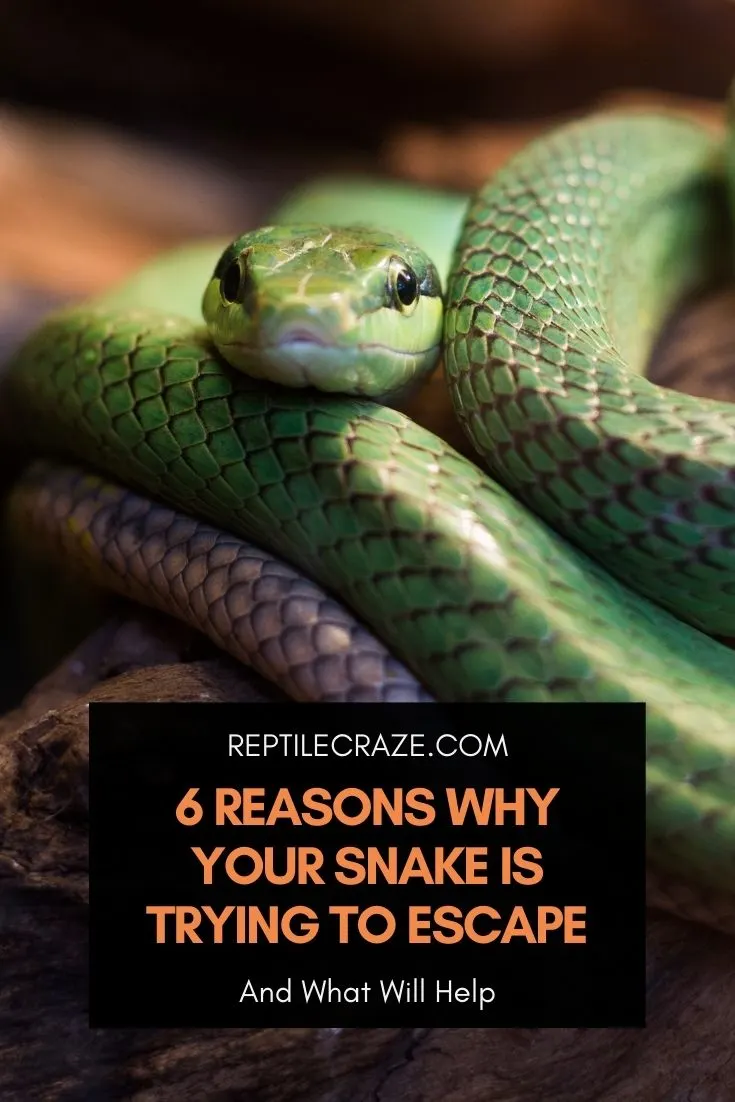
| Reason | Cause |
|---|---|
| Not Enough Space | If your snake tank is too small, your snake may be feeling cramped and trying to escape to find a bigger space. |
| Improper Temperature | Your snake needs the correct temperature and environmental conditions in order to stay comfortable. If the temperature is too low, your snake may be trying to escape in search of a warmer environment. |
| Lack of Stimulation | If your snake does not have enough enrichment activities, such as hide boxes and branches for climbing, it may become bored and attempt to escape to find something to do. |
| Stress | If your snake is feeling stressed, it may try to escape in an attempt to flee from the source of the stress. |
| Illness | If your snake is ill, it may be trying to escape to seek better living conditions or even to find food that would help it heal. |
Signs of Stress in Snakes
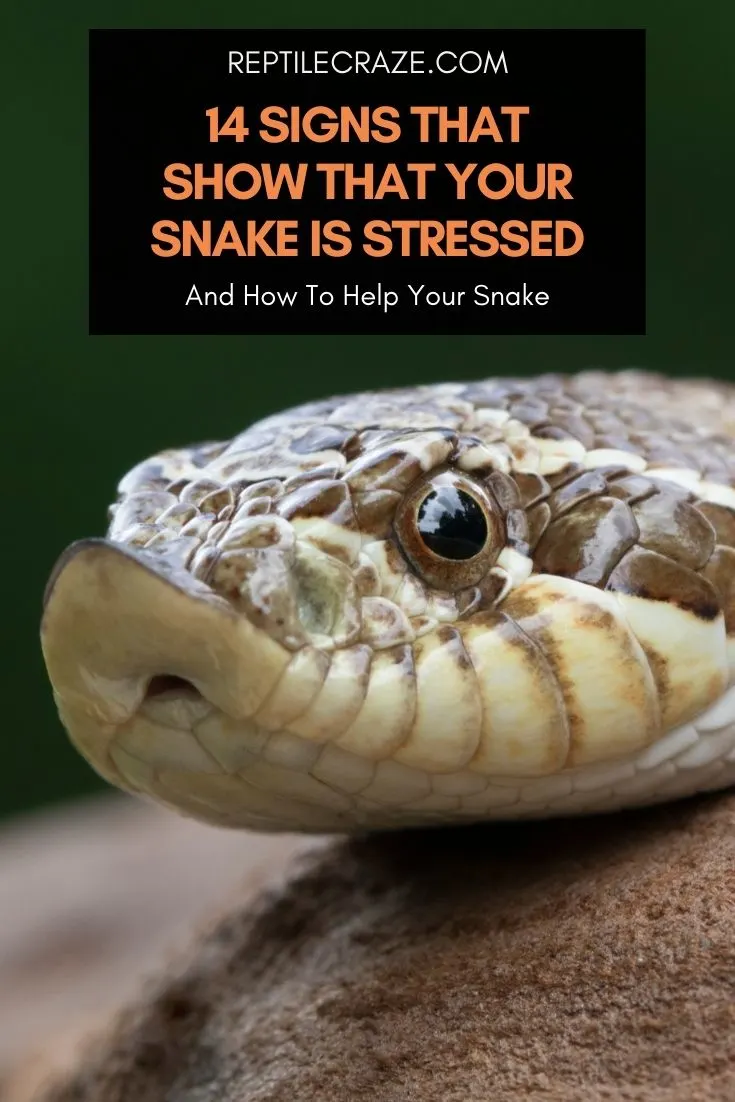
Snakes typically don’t show signs of stress, as they are very good at masking their emotions. However, there are some telltale signs that indicate when a snake is feeling stressed or uncomfortable. These include: hissing or vocalizing, rearing up, bulging eyes, open-mouth breathing, refusal to eat, and excessive shedding. If your snake is exhibiting any of these behaviors, it is likely that it is feeling stressed. If your snake is trying to escape, it is a clear sign that it is feeling stressed and uncomfortable in its environment. It is important to address the underlying cause of the stress in order to create a safe and healthy environment for your snake.
Environmental Concerns
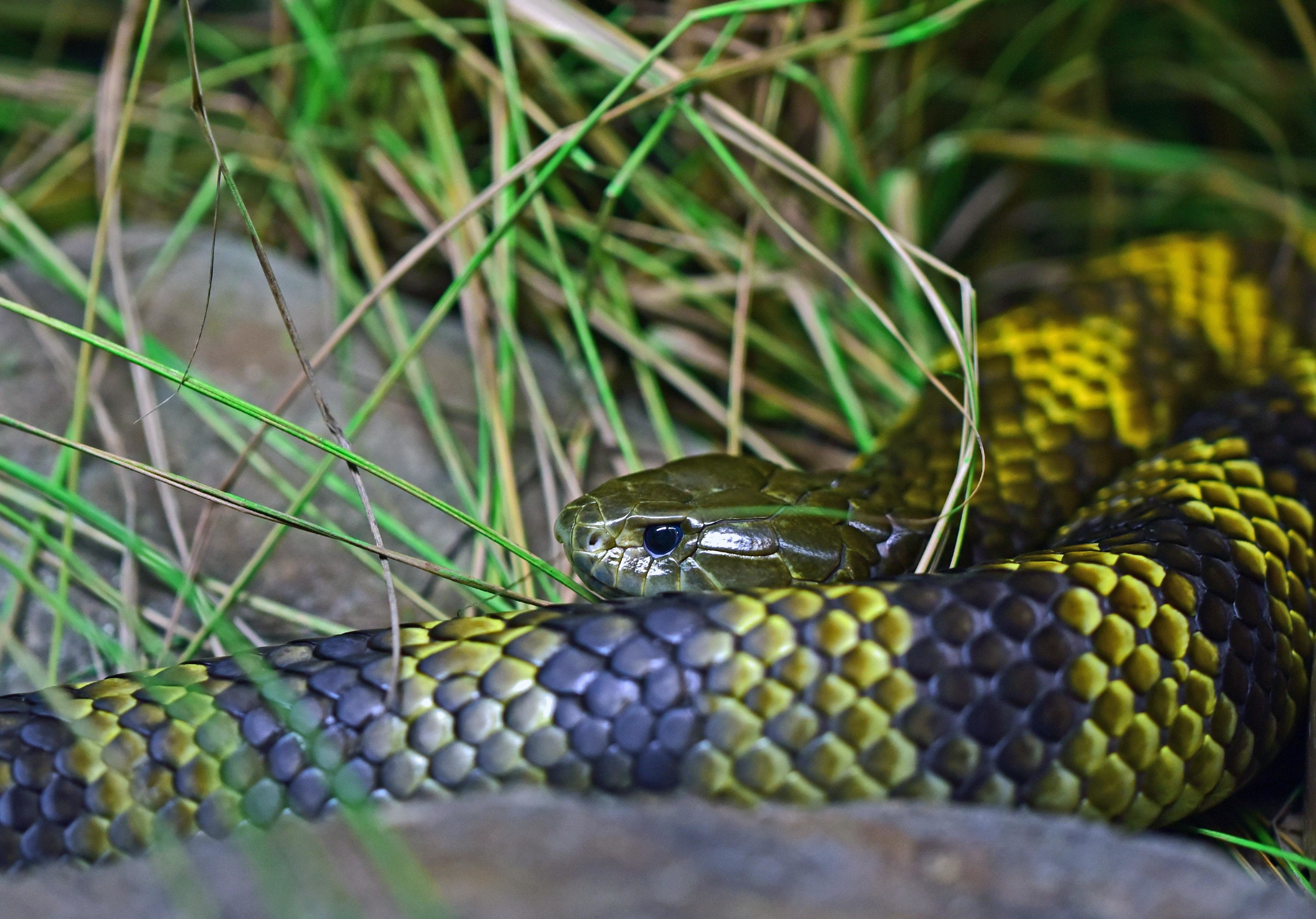
- Ensure the tank or enclosure is not too hot or too cold.
- Check the humidity levels are suitable for the species.
- Make sure the tank or enclosure has plenty of ventilation.
- Provide enough hiding places.
- Ensure the snake has enough space to explore and move around.
- Provide a secure lid to prevent escape.
- Keep the enclosure clean and free from feces, food scraps and soiled substrate.
Lack of Stimulation
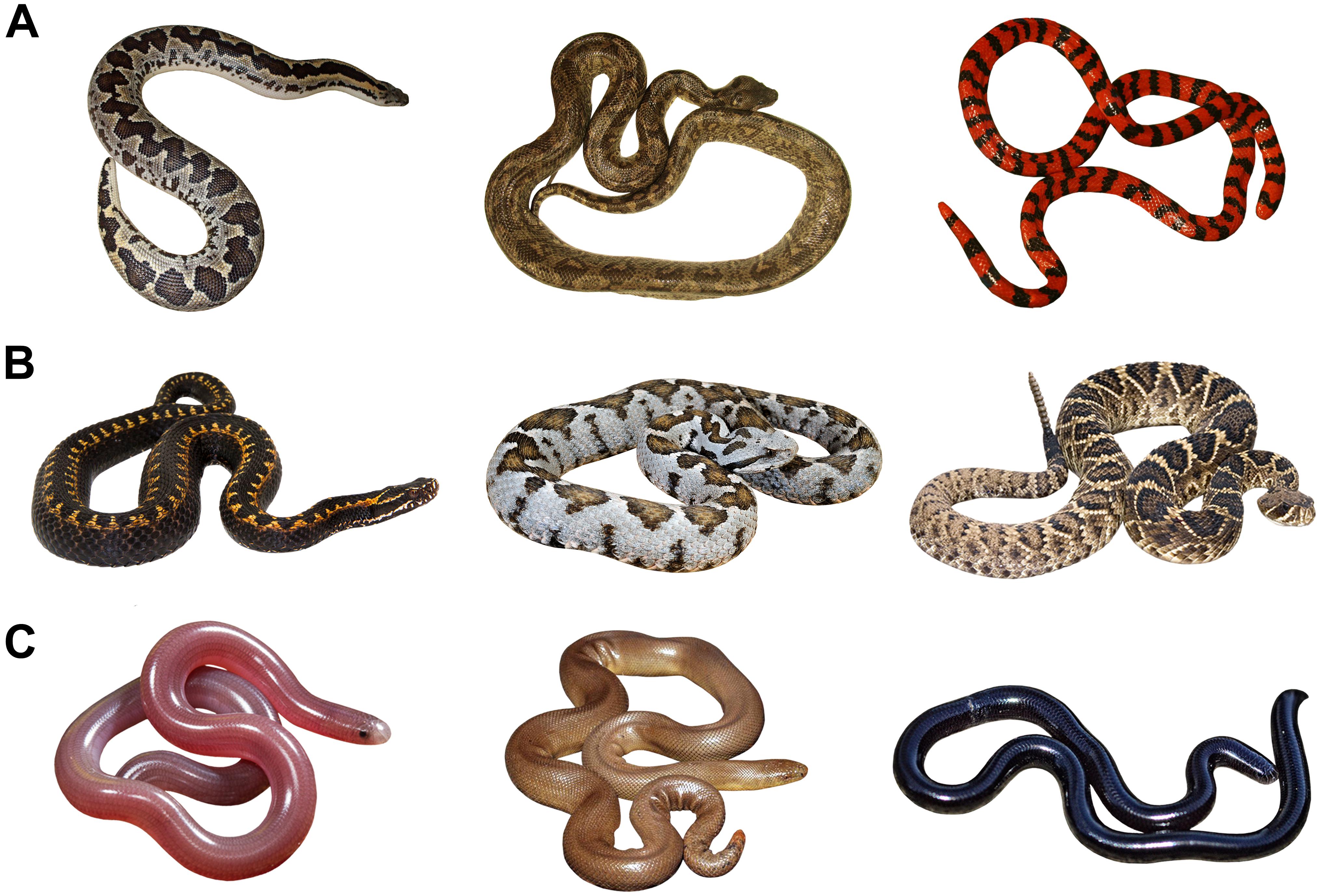
- Enclosures that are too small or lack enrichment items.
- Lack of variety in the diet, leading to boredom.
- Inconsistent or inadequate handling.
- Lack of hiding spots or other environmental cues.
- Inadequate temperature or humidity levels.
Potential Health Issues
- Parasites
- Infections, such as mouth rot or respiratory infections
- Wounds, abrasions, or ulcers
- Mites or ticks
- Injuries, such as broken bones, from rough handling or from fighting with other snakes
- Tumors
- Dehydration
- Malnutrition
- Stress
Solutions for Reducing Escape Attempts
- Check the enclosure for any openings/gaps that could be used for escape. These should be sealed with appropriate materials.
- Make sure that the enclosure is the correct size for your snake. If it is too small, your snake may be trying to escape due to feeling crowded or uncomfortable.
- Provide your snake with a hiding spot such as a log, flower pot, or other decoration that gives it a safe and secure place to hide. This can help reduce stress and make it feel more secure.
- Keep the enclosure clean and free of debris. Make sure to remove any uneaten food or waste that could be causing an odor that may be irritating to your snake.
- Provide your snake with enough enrichment to prevent boredom. This can include things like branches, rocks, and other items that can be used for climbing or hiding.
- Check the temperature and humidity levels in the enclosure to make sure they are within the correct range for your snake. Too high or too low temperatures can cause your snake to feel uncomfortable and try to escape.
Frequently Asked Questions
What are the possible reasons behind my snake’s behaviour of trying to escape?
Snakes may try to escape for a variety of reasons, such as fear, stress, boredom, or searching for food, water, or mates. Improper housing, such as an enclosure that is too small or lacks hiding spots, can lead to stress and escape attempts. Snakes may also try to escape if their enclosure is too hot or too cold, or if they are not being fed often enough. Other potential causes of escape attempts include changes in their environment, such as loud noises, bright lights, and strong smells.
What should I do if my Snake is Trying to Escape?
Check the enclosure for any possible openings that may be allowing the snake to escape. Make sure all vents, doors, and lids are securely in place. If the snake is still able to escape, consider changing the enclosure to one with more secure fastenings. Consider also the external environment – if the snake is in a high traffic area, it may be feeling stressed or threatened. Move the enclosure to a quieter location. Lastly, make sure the enclosure is the right size and temperature for the snake. A snake in an enclosure that is too small or too warm may try to escape.
What Environmental Factors Can Cause My Snake to Attempt to Escape?
Incorrect temperature, humidity, or lighting can all cause a snake to become uncomfortable and attempt to escape. An enclosure that is too small may also make the snake feel unsafe and cause it to try to find a more suitable environment. A snake may also attempt to escape if it is not being provided with enough food or water, or if the food it is being given is not to its liking. Finally, a snake may attempt to escape if it is being disturbed or handled too frequently.
How can I prevent my snake from attempting to escape?
To prevent your snake from attempting to escape, make sure to provide an appropriate enclosure with secure lid or cover. Use thick cloths, such as towels, to create a snug fit between the enclosure’s lid and the walls. Place heavy objects, such as rocks, on the lid to further secure it. Make sure the enclosure is large enough for your snake to move around comfortably and that it is in a secure and quiet area. Provide enough hiding spots for your snake to feel comfortable and secure. Additionally, inspect the enclosure regularly to make sure there are no gaps or holes that your snake can use to escape.
Is there a difference between a snake attempting to escape and a snake trying to explore its environment?
A snake attempting to escape is usually a sign of stress and discomfort, while a snake exploring its environment is usually a sign of curiosity and comfort. A snake trying to escape may be caused by inadequate enclosure size, unappealing temperature or humidity, and improper lighting or substrate. On the other hand, a snake exploring its environment may be caused by boredom, a lack of hiding spots, and inadequate enrichment.
Conclusion
Snakes may try to escape their enclosures for a variety of reasons, including lack of space, incorrect temperatures, lack of hiding spots, and stress due to handling. To prevent this behavior, make sure the enclosure is appropriate for the species, provide a temperature gradient, offer plenty of hiding spots, and limit handling. If a snake is found trying to escape its enclosure, take a careful look at the environment to identify potential causes and take steps to correct them.
